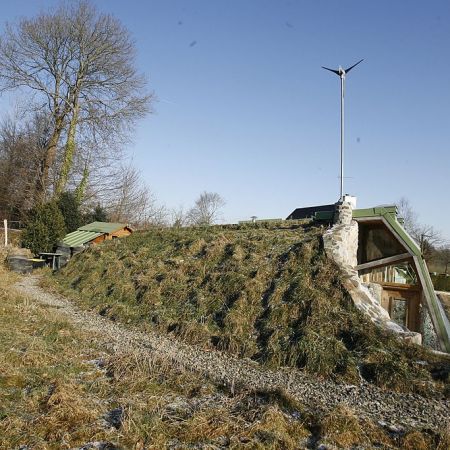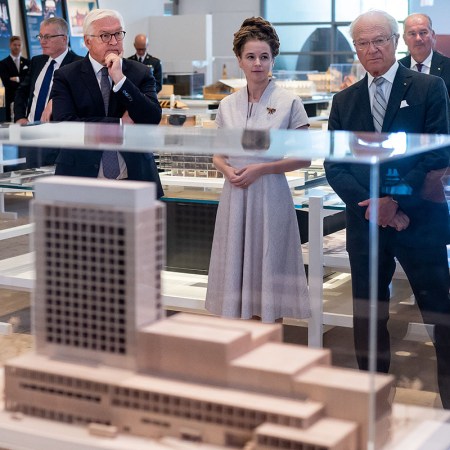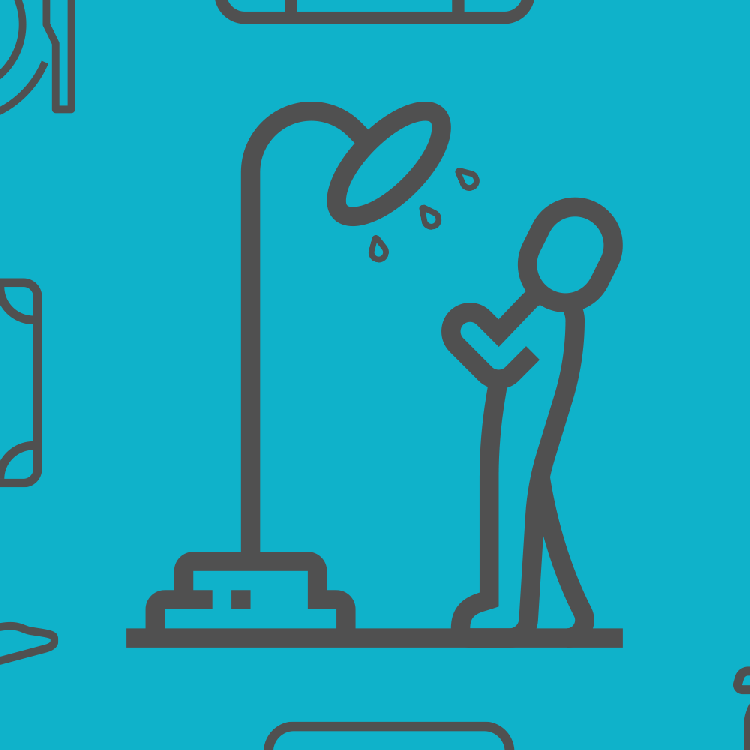“I’m trying to design an environment that takes you out of your world and transports you to another place in time,” says Bobby Green, partner in the L.A.-based 1933 Group, a lifestyle company that for the past 17 years has specialized in remodeling rundown buildings into lively bars and eateries. “I feel that people enjoy it so much when you do that.”
He’s right. And if you live in L.A., there’s no question that’s why you frequent one of the spots he’s helped create: La Cuevita, The Big Foot Lodge, Thirsty Crow, Oldfields, Harlowe, Idle Hour and the upcoming Highland Park Bowl.
Seeing as they pretty much wrote the book on turning architectural trash into treasure, we asked them for advice on how you can do it, too.
Permits are a bitch. Find a building that already has some.
Green’s partner Dimitri Komarov says they “focus on buildings with licenses that have been around many years, because that gives (them) the flexibility to do stuff.” The space they’re currently remodeling, Highland Park Bowl, predates all bowling alleys in Los Angeles by 12 years, and it has a Conditional Use Permit, a pre-’50s grandfathered license. “We try to get there a bit earlier before everybody else does and become the anchor and let the neighborhood evolve around us.”
Know the history of the place. This will require research.
“We get as much information as possible when we’re restoring a space,” says Komarov. The team at 1933 spend hours pouring over the microfiche at the library and the L.A. Times and work with expediters to get more technical information. “If someone pulled a permit to do construction,” says Green, “all of the details will be in that and it stays with the building.”
A building’s history, in turn, should inform its renovation.
While speaking about Highland Park Bowl, Komarov points behind him to a space that’s about 1,000 square feet: “This space used to be a pharmacy, and that space (across the hall) used to be a music shop, and upstairs used to be doctors’ offices. In the ‘20s, you’d get your prescription for alcohol upstairs, have it filled below at the pharmacy and then the music shop was a total facade for a speakeasy. You’ve got all these spaces here working together for the perfect front.”
They’re now putting a brewery in the pharmacy space, and the bar and bandstand will be in the former music shop.
Peel back the layers.
After removing two layers of drop ceilings at HP Bowl, they found a bow truss ceiling. Says Green: “We realized there were skylights in the ceiling and they’d been boarded up. So we put the skylights back in.” At Sassafras, meanwhile, they discovered intricate brick work behind two feet of drywall. “Finding that old brick and bringing it back is something that’s hard to replicate,” says 1933’s Dmitry Liberman. “You can’t do it now the way it was done back then.”
Don’t throw everything away.
You never know what can be repurposed. At the bowling alley, the 1933 guys salvaged the insides of the old, otherwise unusable bowling machines for decor. They began by deconstructing the space and laying out all the old furnishings and components in front of them. “We put four of the pin holders together into a chandelier,” says Green. “That wouldn’t have popped into my head had I not seen them spread out.”
That said, don’t just repurpose for the sake of repurposing — everything reused must provide utility. “You can’t stick something somewhere hoping that it’s going to look great,” says Liberman. “It’s got to be functional … Otherwise you’re just sticking stuff together and hoping that someone likes it.”
Don’t skimp on the details.
Green: “It kills me when I go to some new place, and it’s a beautifully well-thought-out, era-specific design and they’ve got a brand new shiny exit sign and these brand new black glossy speakers hanging off the wall. It kills the illusion. So we build vintage-looking speaker boxes to hide the new speakers in, and buy vintage exit signs and then retrofit them with the modern lights and batteries so that they’re fully functional. It’s those little details where you spend more money that separate you from the rest.”
Manage expectations, but always be an optimist.
Renovations “always take longer than expected, are more expensive than expected and the stress level is always higher than expected,” says Liberman.
How do you overcome that?
“Every new project you start with that bright, shiny optimism, and every time you have to learn otherwise,” says Green. “But we love doing it. We’re eternal optimists.”
To which Komarov adds — vitally — “And we always get a really long lease so we have time to pay ourselves back.”
This article was featured in the InsideHook newsletter. Sign up now.





















